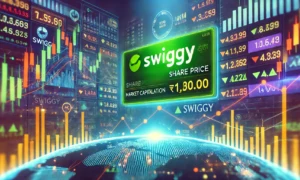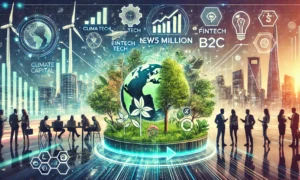Finance Minister Nirmala Sitharaman addressed the Lok Sabha, stating that the GDP growth slowdown observed in Q2FY25 is a temporary blip and that improvements are expected in the coming quarters. Her remarks came during discussions on the Supplementary Demands for Grants – First Batch 2024-25.
Key Points from the Statement
Temporary Nature of Slowdown:The government views the GDP slowdown as a short-term challenge rather than a long-term issue.
Global Challenges:Sitharaman acknowledged that the second quarter has been difficult for India and other global economies due to various macroeconomic factors.
Optimism for Future Growth:She expressed confidence in India’s economic resilience and anticipated an improvement in economic performance in the upcoming quarters.
Case Study: Managing Economic Slowdowns
Context economic slowdowns are common in dynamic markets and often stem from external shocks, policy changes, or structural adjustments. The Q2FY25 slowdown in India’s GDP mirrors global trends, influenced by economic uncertainties like geopolitical tensions and inflationary pressures.
Analysis of the Current Situation
Contributing Factors to Slowdown:Inflationary Pressures: Persistent global inflation has strained economic activities.
Geopolitical Tensions: Disruptions in supply chains and trade flows have impacted growth.
Sectoral Struggles: Challenges in key sectors like manufacturing and exports have moderated growth.
Government Response:Supplementary grants are being deployed to sustain critical sectors.
Policy measures to boost domestic demand and exports.
Comparison with Global Economies:Many major economies, including China and EU nations, are grappling with similar slowdowns, emphasizing the need for resilience strategies.
Strategies for Recovery
Short-Term Measures:Increased public spending on infrastructure to stimulate economic activity.
Policy incentives to boost consumer demand and private investment.
Long-Term Measures:Strengthening manufacturing and services sectors for sustained growth.
Encouraging innovation and technology-driven solutions for productivity gains.
Global Collaboration:Leveraging international trade partnerships to mitigate external shocks.
Key Lessons
Proactive Policy Responses:Addressing sector-specific challenges promptly can cushion against broader economic impacts.
Diversified Growth Engines:Relying on multiple growth sectors reduces vulnerability to slowdowns.
Monitoring Global Trends:Anticipating external challenges through robust economic forecasting ensures better preparedness.
Conclusion
The government’s recognition of the Q2FY25 GDP slowdown as a temporary phase reflects its confidence in India’s structural resilience and policy interventions. By implementing targeted measures and fostering long-term growth strategies, India can navigate current challenges and ensure sustained economic momentum.
Disclaimer
Posts in the Notebook are written by individual members and reflect personal insights or opinions. Please verify any information independently. If you have any concerns, notify the admin immediately so we can take action before any legal steps are taken.




